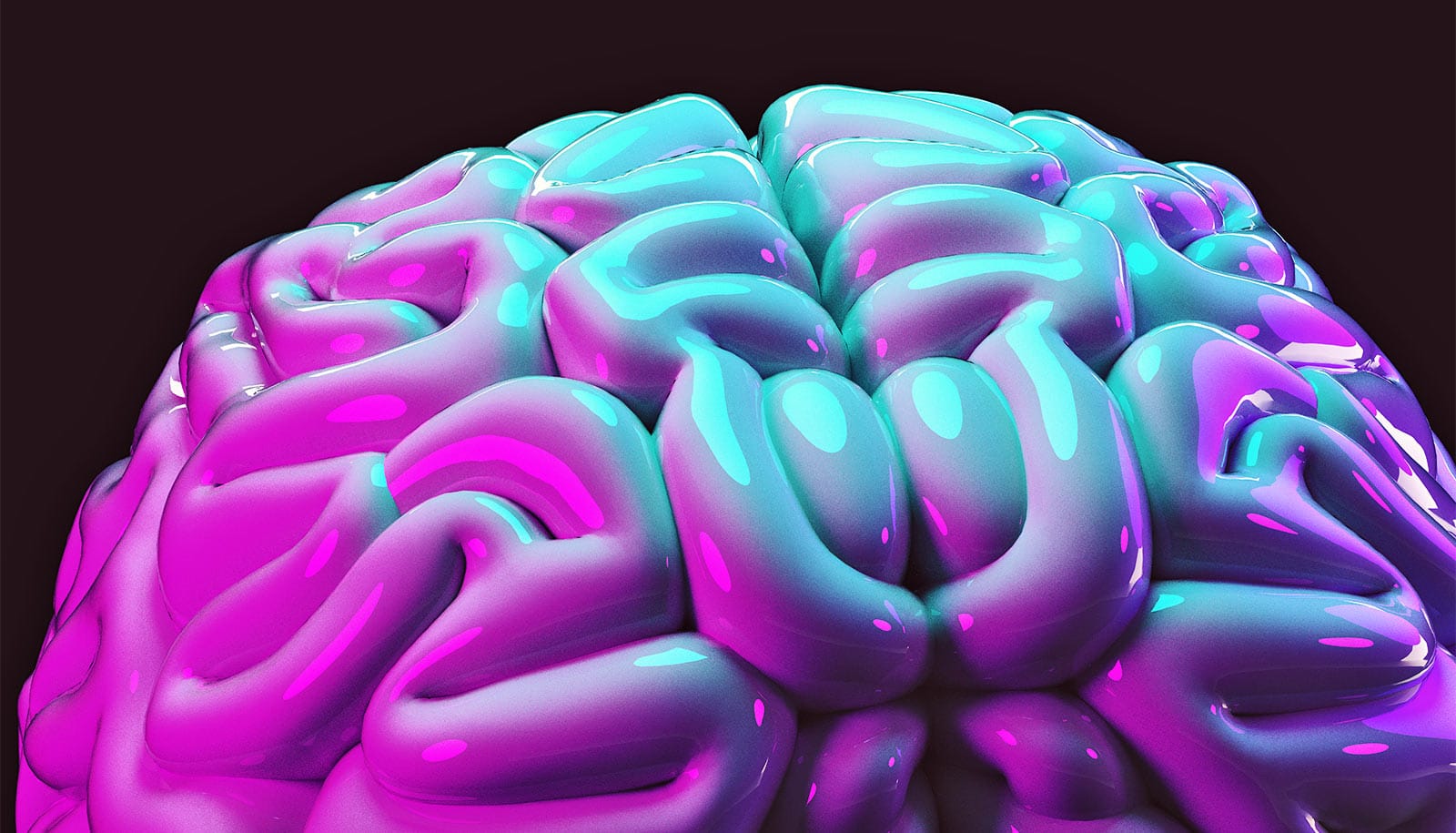A new study has pinpointed 27 separate categories of human emotions, challenging an old assumption in psychology that most emotions can be categorized as happiness, sadness, anger, surprise, fear, or disgust.
Using novel statistical models to analyze the responses of more than 800 men and women to over 2,000 emotionally evocative video clips, researchers identified the 27 distinct categories of emotion and created a multidimensional, interactive map to show how they’re connected.
“Emotional experiences are so much richer and more nuanced than previously thought.”
“We found that 27 distinct dimensions, not six, were necessary to account for the way hundreds of people reliably reported feeling in response to each video,” says study senior author Dacher Keltner, a psychology professor at the University of California, Berkeley.
Moreover, in contrast to the notion that each emotional state is an island, the study found that “there are smooth gradients of emotion between, say, awe and peacefulness, horror and sadness, and amusement and adoration,” Keltner says.
“We don’t get finite clusters of emotions in the map because everything is interconnected,” says study lead author Alan Cowen, a doctoral student in neuroscience at the university. “Emotional experiences are so much richer and more nuanced than previously thought.”
“Our hope is that our findings will help other scientists and engineers more precisely capture the emotional states that underlie moods, brain activity, and expressive signals, leading to improved psychiatric treatments, an understanding of the brain basis of emotion and technology responsive to our emotional needs,” he adds.
Check out the interactive emotion map. (Warning: Some of the map’s video clips may be inappropriate or upsetting)
For the study, a demographically diverse group of 853 men and women went online to view a random sampling of silent 5- to-10-second videos intended to evoke a broad range of emotions.
Themes from the 2,185 video clips—collected from various online sources for the study—included births and babies, weddings and proposals, death and suffering, spiders and snakes, physical pratfalls and risky stunts, sexual acts, natural disasters, wondrous nature, and awkward handshakes.
Three separate groups of study participants watched sequences of videos, and, after viewing each clip, completed a reporting task. The first group freely reported their emotional responses to each of 30 video clips.
“Their responses reflected a rich and nuanced array of emotional states, ranging from nostalgia to feeling ‘grossed out,'” Cowen says.
Should kids learn emotions alongside ABC?
The second group ranked each video according to how strongly it made them feel admiration, adoration, aesthetic appreciation, amusement, anger, anxiety, awe, awkwardness, boredom, calmness, confusion, contempt, craving, disappointment, disgust, empathic pain, entrancement, envy, excitement, fear, guilt, horror, interest, joy, nostalgia, pride, relief, romance, sadness, satisfaction, sexual desire, surprise, sympathy, and triumph.
“We sought to shed light on the full palette of emotions that color our inner world.”
Here, the experimenters found that participants converged on similar responses, with more than half of the viewers reporting the same category of emotion for each video.
The final cohort rated their emotional responses on a scale of 1 to 9 to each of a dozen videos based on such dichotomies as positive versus negative, excitement versus calmness, and dominance versus submissiveness. Researchers were able to predict how participants would score the videos based on how previous participants had assessed the emotions the videos elicited.
Overall, the results showed that study participants generally shared the same or similar emotional responses to each of the videos, providing a wealth of data that allowed researchers to identify 27 distinct categories of emotion.
Through statistical modeling and visualization techniques, the researchers organized the emotional responses to each video into a semantic atlas of human emotions. On the map, each of the 27 distinct categories of emotion corresponds to a particular color.
Fighting negative emotions can make you feel worse
“We sought to shed light on the full palette of emotions that color our inner world,” Cowen says.
Their findings appear in the Proceedings of the National Academy of Sciences.
Source: UC Berkeley



